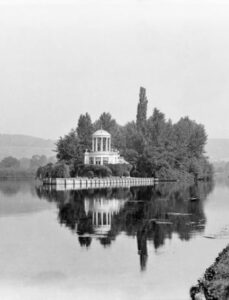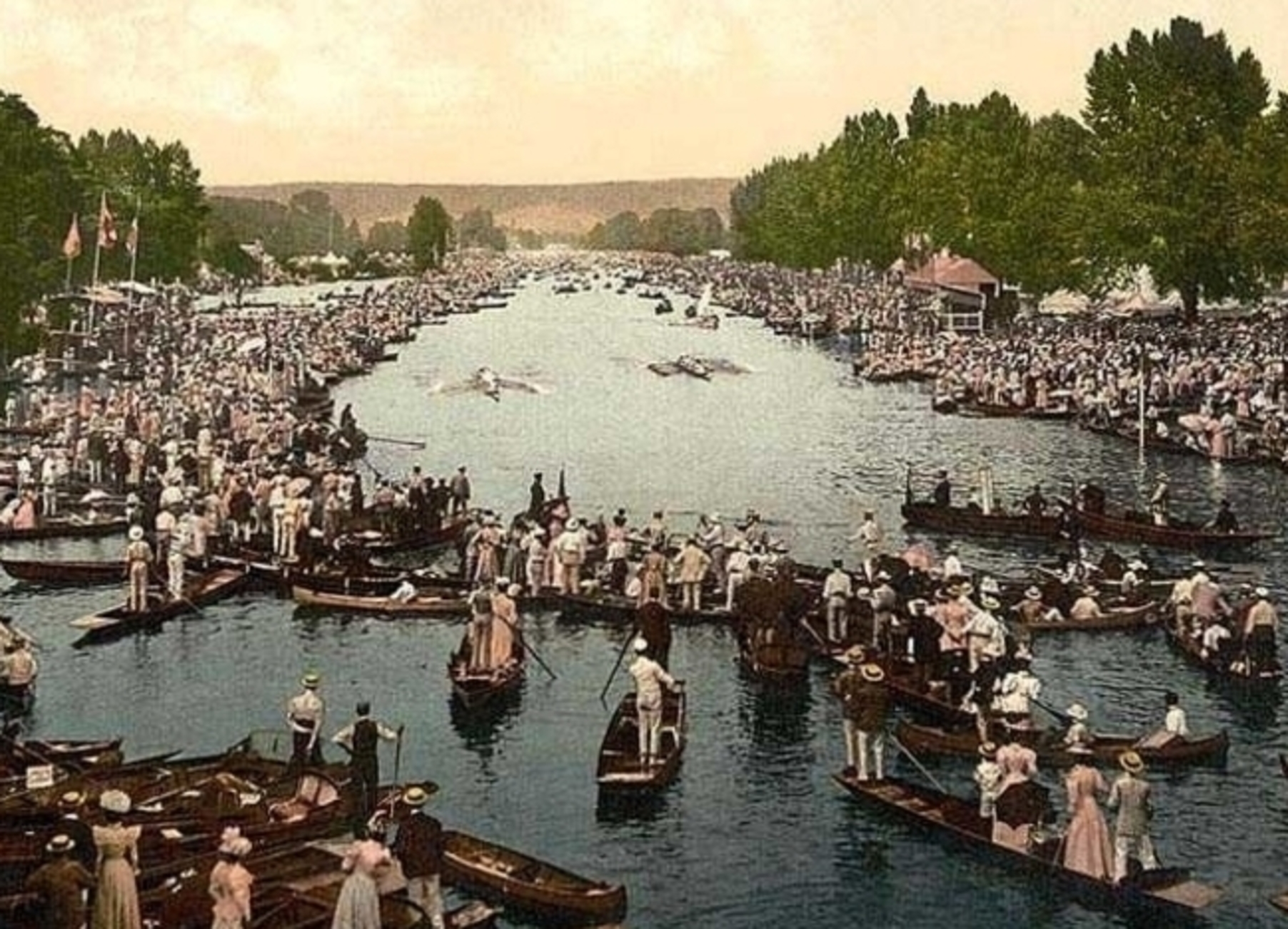Henley-on-Thames – The Pedestal’s new base for auctions & more
THE PEDESTAL recently moved to a beautiful new location – The Dairy on the Stonor Park estate, near Henley-on Thames – and since holding our first auction here in July we’ve now had a little time to explore Henley and find out about its fascinating history.
Occupying a strategic position
Henley-on-Thames sits near the tripoint of Oxfordshire, Buckinghamshire and Berkshire, close to Reading, Maidenhead and Oxford, with the proximity of the River Thames having shaped its commercial, cultural and sporting activities over many centuries. From the 7th or 8th century to the 14th, the area which was to become Henley parish belonged to Benson (or Bensington) the important royal estate spanning the Chilterns.
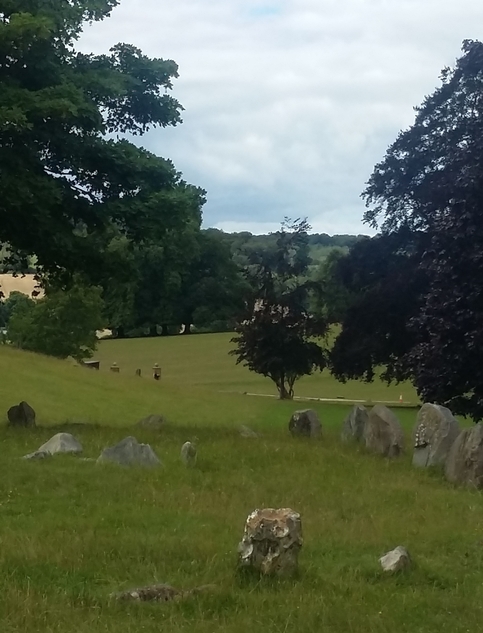
The spectacular Stonor Park estate, The Pedestal’s new base near Henley-on-Thames, Oxfordshire
From around the 9th century, or earlier, ad hoc grants paved the way for the creation of several separate manors in the locale, however, the Crown held on to Henley due to its crucial river crossing and the area’s rich and varied agricultural resources. A separate manor of Henley was created before the late 12th century, and by the early 14th century it was an independent entity and was held throughout the Middle Ages by a series of high-ranking and mostly non-resident owners. In the mid-17th century and again in the late 18th century, Henley manor was owned by a succession of families, invariably retained along with nearby Fawley manor, Buckinghamshire.
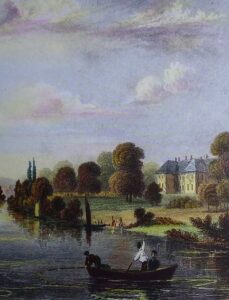
Fawley Court, in a 19th century setting, dates from 1684 when the original house was re-built for Colonel William Freeman, following the ravages of the Civil War
Historic Henley-on-Thames landmarks
The 16th century tower of St Mary’s, the ancient civic church of Henley-on-Thames, continues to dominate the skyline of the town. Americus de Harcourt was St Mary’s first recorded priest in 1204, although the church probably dates from around 1000. The 13th century building was enlarged and remodelled in the 15th century and again in the 19th century and incorporates many intriguing internal architectural features although externally there is no evidence of the 13th century building.
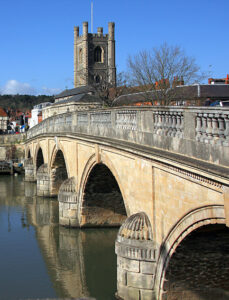
The bridge at Henley-on-Thames with the 16th century tower of St Mary’s in the background
The point at which the bridge in Henley-on-Thames traverses the river has been a crossing since ancient times. The current Grade I listed bridge replaced an earlier timber structure, however, the existence of two stone arches on both sides of the river point to an even older stone bridge prior to the timber version. A bridge at Henley was first mentioned in 1232, in 1354 two granaries were leased on the bridge and several chapels are recorded. The great flood of March 1774 carried the bridge away, a new bridge was designed in 1781 by William Hayward of Shrewsbury and completed in 1786 by the Oxford mason, John Townesend. It features five elliptical stone arches and each central arch bears a sculpture, Tamesis and Isis, created by Anne Seymour Damer (1748-1828) – the sculptor, author, traveller, theatrical producer and actress, as well as the close friend of Horace Walpole.
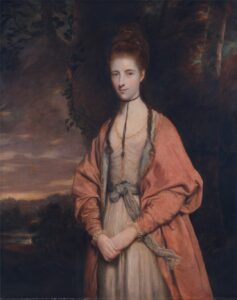
Anne Seymour Damer, depicted in oil on canvas, 1773, by Joshua Reynolds
Henley’s oldest building is the timber framed, Grade II listed public house, The Old Bell. In 2011 it was dated by a local historian to 1325, making it some 80 years older than no. 76, Bell Street, from 1405. The Old Bell is likely to have formed the wing of a town house when originally constructed, in the 1760s it was converted to a pub and was known then as The Duke of Cumberland.
The world-famous Henley Royal Regatta
The first Henley Regatta was held on just one day in 1839 and was staged by the Mayor and the people of the town as a public attraction and a fair with amusements, however, its focus soon shifted to competitive amateur rowing. In 1851 Prince Albert became the Regatta’s first Royal patron and since his death the reigning monarch has always consented to be the Regatta’s patron. Over the decades the event has continually increased in duration and since 1986 has taken up five days in the Summer’s busy sporting and social calendar.

Spectators crowd the Thames during the Regatta
The Regatta also runs a programme of conservation and tree-planting, notably in the downstream portion of Temple Island, the famous landmark at the start of the Regatta Course which features The Temple, replete with important and now restored wall paintings, designed by architect James Wyatt and built in 1771. An area of water meadow on the upstream Buckinghamshire bank provides a managed sanctuary for flora and fauna has been designated a Site of Specific Scientific Interest.
